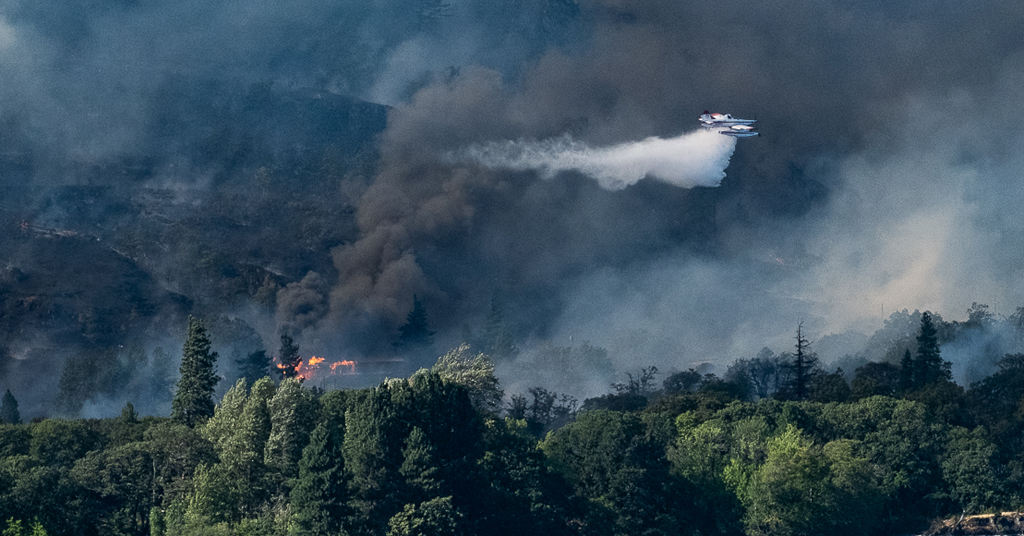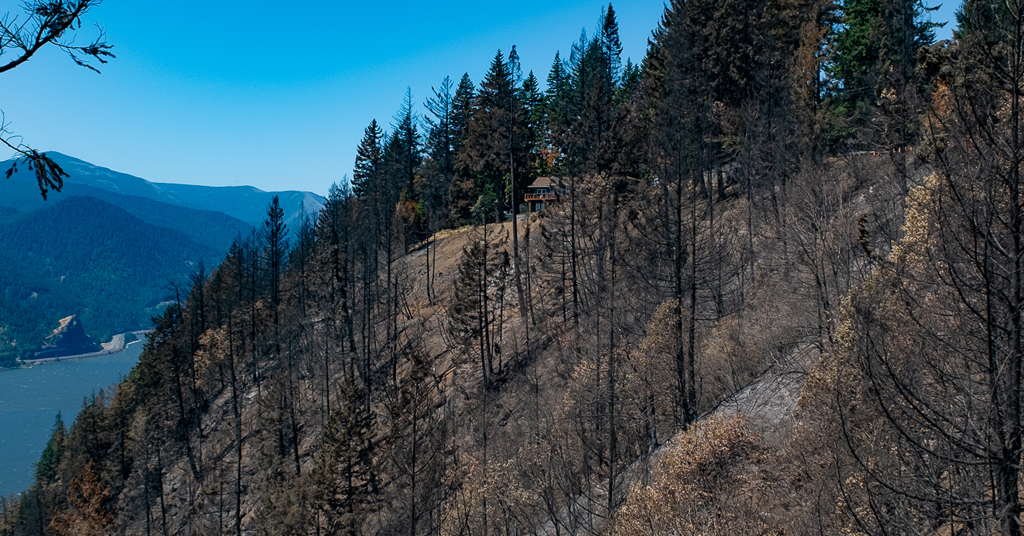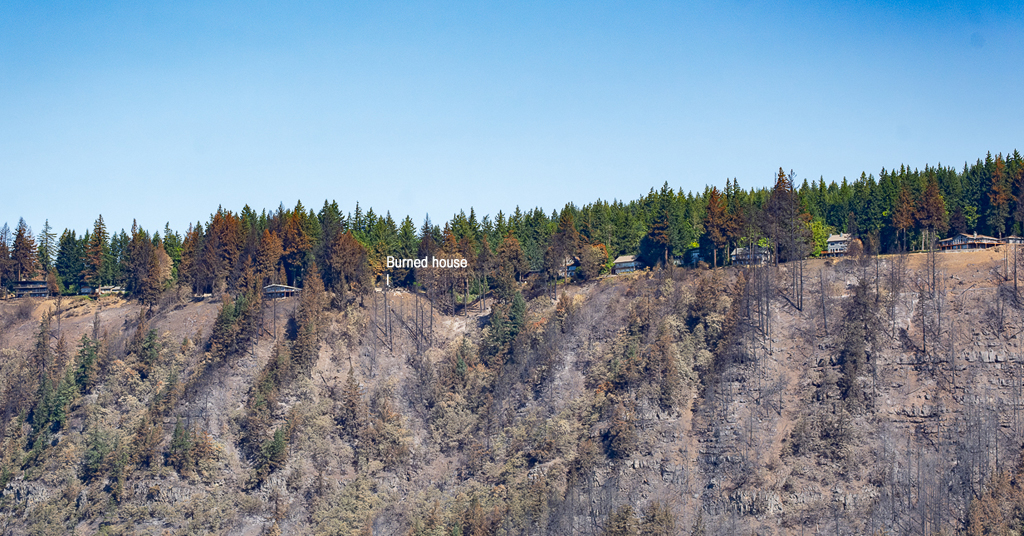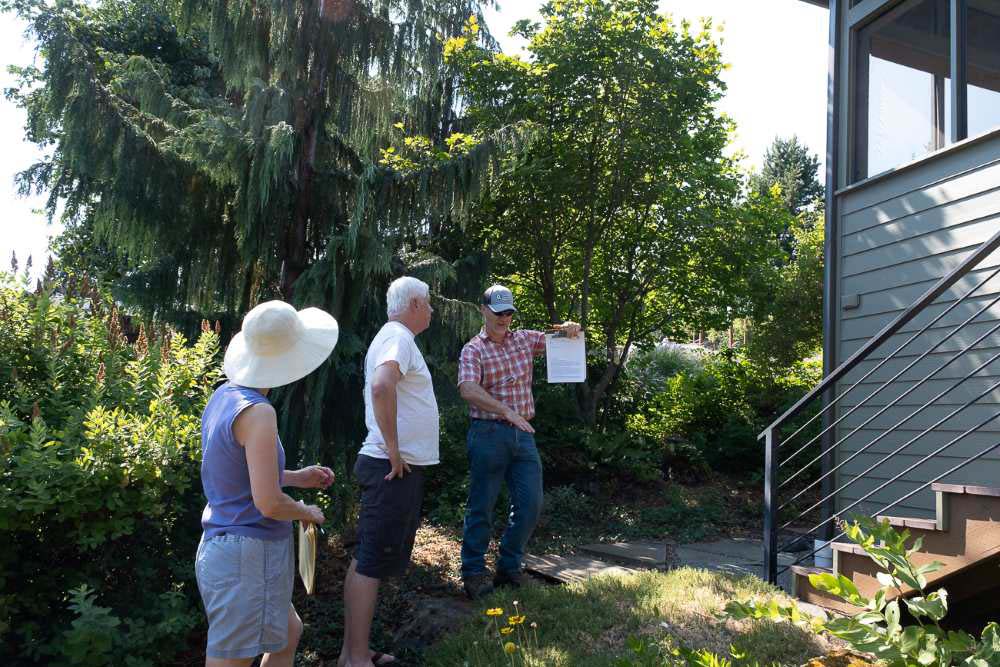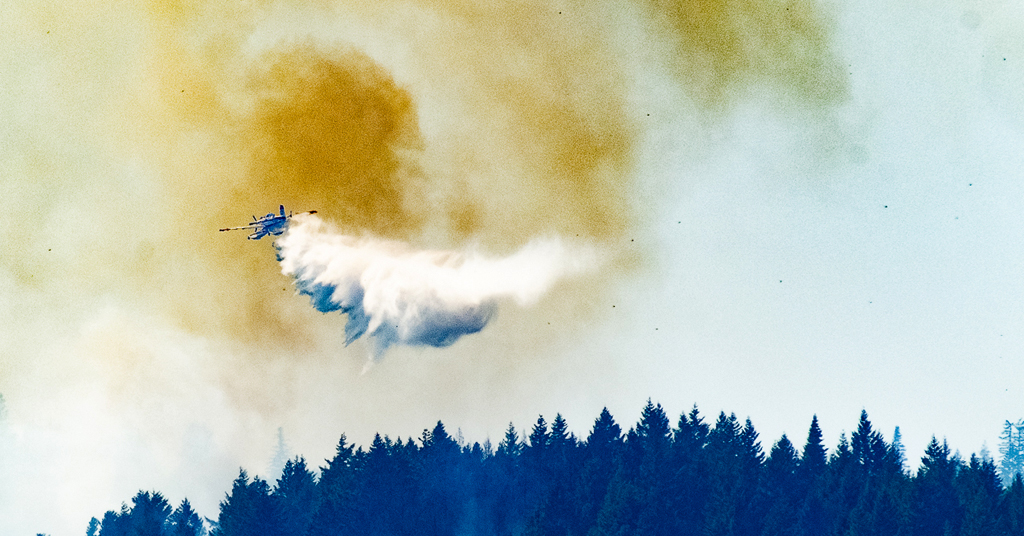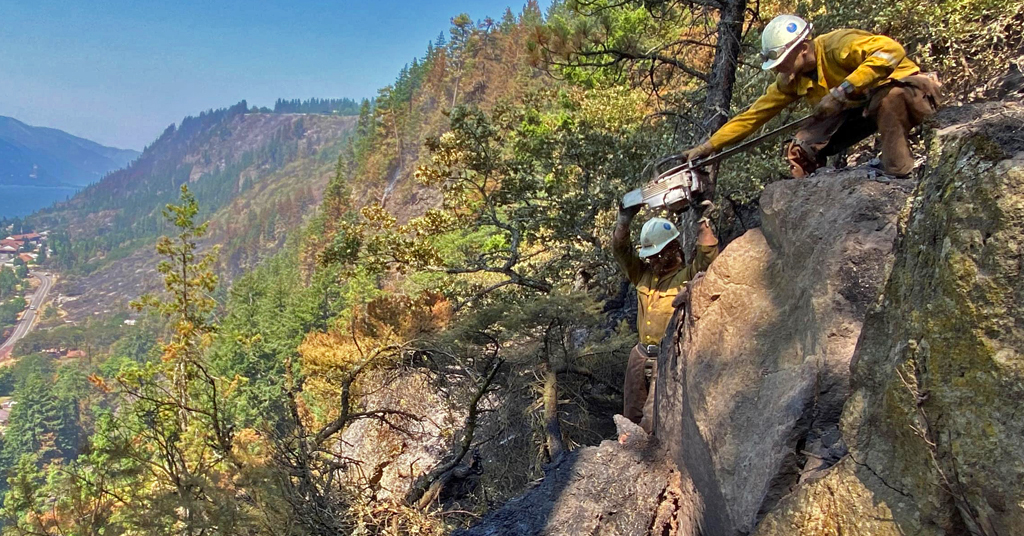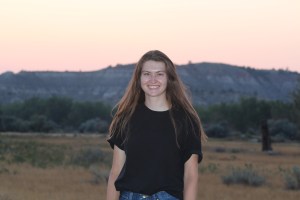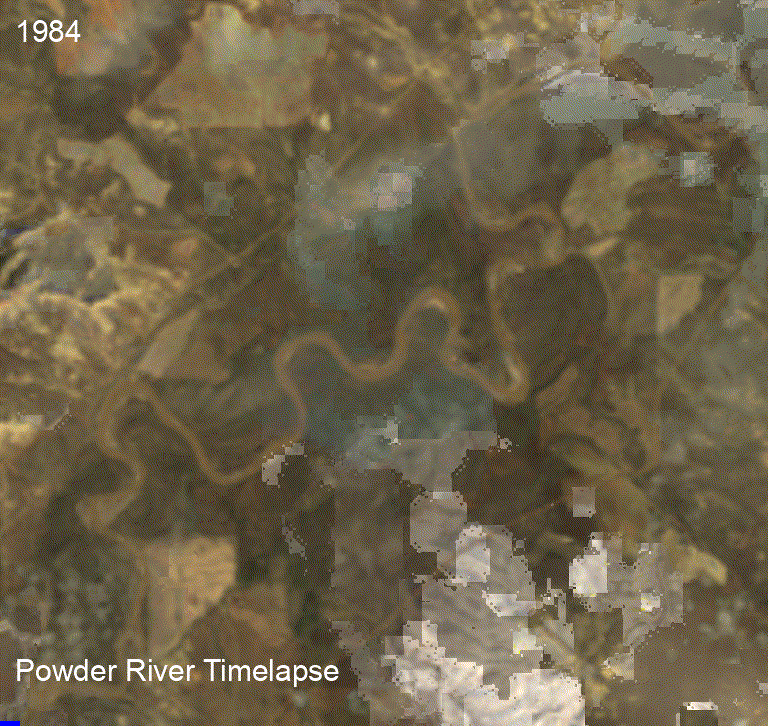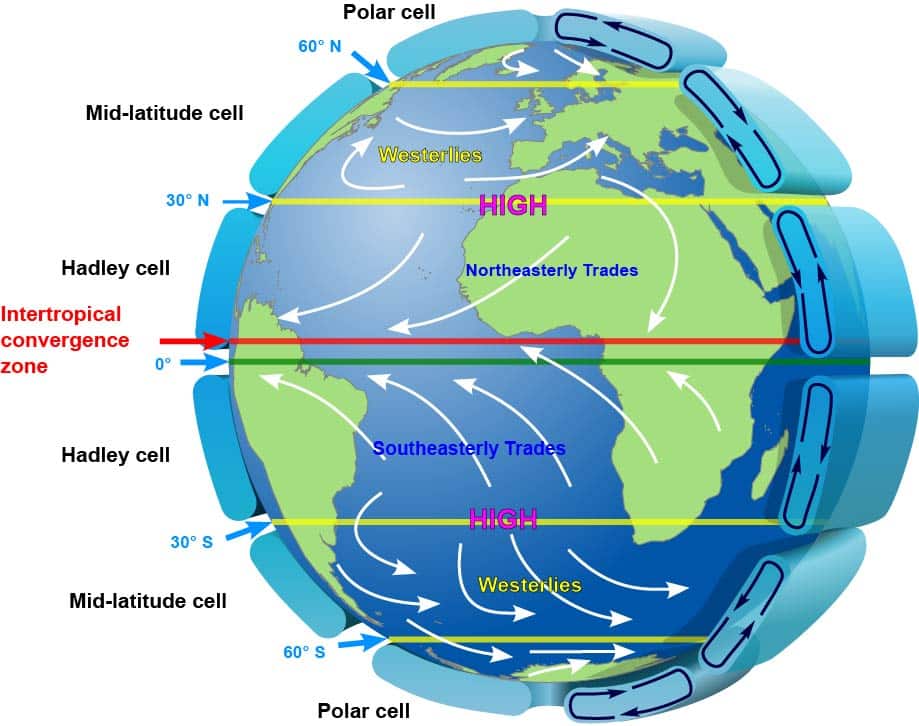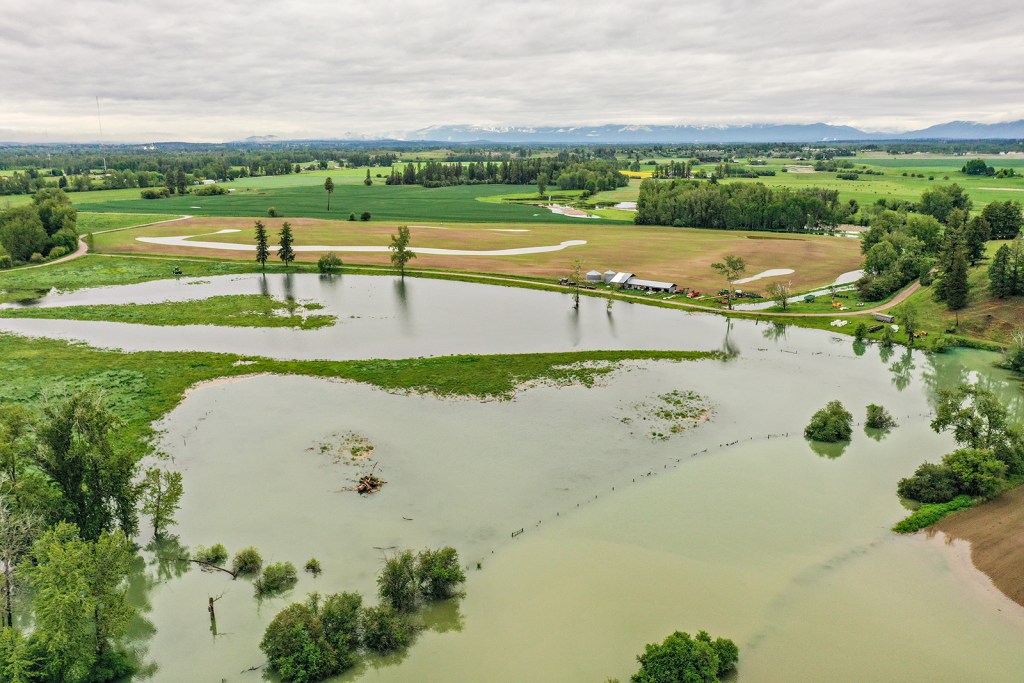Why are we paying for crop failures in the desert?
In mid-July in Phoenix, a man demonstrated to a local news station how to cook steak on the dashboard of his car. The city sweltered through a nearly monthlong streak of 110-degree temperatures this summer, while heat records are tumbling across the Southwest.
But despite the signs that this is the new normal, farmers in the region are planting the same thirsty crops on the same parched land in the desert, and watching them wither year after year. And why not? The American taxpayer is covering their losses.
Research released in June by the Environmental Working Group shows that, since 2001, heat linked to climate change has driven $1.33 billion in insurance payouts to farmers across the Southwest for crops that failed amid high temperatures. As the planet warms through the century, payments resulting from the impacts of climate change across the nation are likely to increase by as much as $3.7 billion.
Studies have repeatedly shown that federally subsidized crop insurance discourages farmers from updating their practices, tools, or strategies in ways that would help them adapt to climate change—but the federal government still subsidizes a whopping 62 percent of farmers’ insurance premiums. Until someone in Washington figures out a better way to spend our money, farmers in the Southwest are going to keep planting thirsty crops in the desert. They have little incentive not to.
Heat linked to climate change has driven $1.33 billion in insurance payouts to farmers across the Southwest for crops that failed amid high temperatures.
The Federal Crop Insurance Program (FCIP), the world’s largest crop insurance system, was established in the wake of the Dust Bowl to protect farmers from debilitating acts of God—decades before a growing body of scientific work firmly established the link between our fossil fuel use and rising temperatures. Although the government’s safety net for farmers includes an array of tools, this single program’s annual $10-billion price tag, which covers everything from drought in Arizona to flooding in Mississippi, accounts for a third of all public money spent on agriculture. Four-fifths of that are used to subsidize farmers’ costs.
Buoyed by ardent lobbying from large agricultural interests, the FCIP guarantees near-normal revenues in the face of losses that would cripple other businesses. It props up poorly managed operations while enabling risky decisions—like growing thirsty crops in a desert where millions of people vie for dwindling supplies of water.
In states like Arizona that depend on the stressed Colorado River, how and what farmers choose to grow has taken on new importance. Agriculture uses three-quarters of the region’s water to raise crops like cotton, which sucks up an average of 41 inches of irrigation annually, compared to wheat, which needs just 25 inches. Despite the arid conditions, there are plenty of reasons why farmers in the Southwest grow cotton, including the market, availability of financing, past experience, and the tools at hand. Subsidized insurance is a big one.
Although the program covers more than 100 different crops across the U.S., the vast majority of payouts go to corn, soybeans, wheat, and cotton, which are planted nationally on the most acres. Cotton is unique in the FCIP program in that it accounts for only 5 percent of the total acres enrolled in FCIP policies, but it has received a full 10 percent of claim payments over the past three decades—thanks in part to its intense water needs and the droughts that have roiled portions of the country in recent years. In central Arizona, where farmers experience the most acute impacts of Colorado River water shortages, a bale of cotton that sells for 65 cents actually costs 83 cents to raise. Still, cotton growers in Pinal County, south of Phoenix, continue planting with help from around $10 million in annual crop insurance payments—more than in any other county in the state.
Agricultural production is worth protecting; food and fiber are too important to subject to the increasingly cruel vagaries of the weather and global trade. But as it stands, the FCIP is maladapted to the challenges of our modern world, where places like Arizona are routinely smashing through heat records and water in the West is becoming increasingly scarce. While home insurers like State Farm are pulling out of California and Florida due to the mounting costs of climate disasters, the FCIP is doing the opposite: insulating farmers from the true cost of doing business.
The average return for home and auto policies is about $0.60 per dollar spent on premiums. Farmers receive an average of $2.22 for every dollar they put into crop insurance. As a result, between 2000 and 2016, farming businesses—mostly large ones—collectively pocketed $65 million more in claim payments than they paid in premiums. They were paid to plant crops that never came to market.
What is clear is that farmers’ participation in subsidized crop insurance programs is primarily driven by its availability.
Despite these failures, some of Washington’s most influential players say that the FCIP is working just fine. Collin Peterson, a 15-term Democratic Congressman from Minnesota who is now a lobbyist for the agriculture industry, said last year that the program is “the most successful thing we’ve done in agriculture.” Without federally subsidized crop insurance, he argues, farmers would be unable to compete with global markets or Mother Nature. But farmers saw prices and incomes strengthen during the years leading to 1980, before Congress expanded the program to subsidize premiums. Other supporters contend that consumers would suffer from skyrocketing prices. Yet economists have found no meaningful link between food and fiber prices and crop insurance.
What is clear is that farmers’ participation in subsidized crop insurance programs is primarily driven by its availability. When faced with paying the full cost of premiums themselves, farmers find other, cheaper means of managing risk, like conservation practices that save money in the long run, according to a recent analysis by The American Enterprise Institute.
The age of climate change demands better ways of managing risk. We need agriculture—even in Arizona. There’s good sun in the desert, and it makes sense to take advantage of that asset by planting well-suited crops. Some farmers are trying overlooked native food crops, including beans or experimental rubber plants, but these so far lack the market opportunity that the FCIP helps to maintain for cotton.
I’ve met farmers in Arizona who would gladly accept an alternative to cotton if it were economically viable. But there are other factors in play. Although the FCIP is government funded, its policies are sold and serviced by 14 private insurance companies that have gotten rich by keeping things exactly as they are.
Most of the program’s money not spent subsidizing premiums is used to reimburse these companies’ administrative costs. Ten of these are large, publicly traded corporations whose CEOs collectively take home almost $112 million a year, according to the EWG. And they all earn a 14.5 percent rate of return on their investments, compared to the 10 percent common to other insurance industries. This is thanks to the lobbying efforts of groups like the nonprofit American Farm Bureau Federation, which owns American Farm Bureau Insurance Services, Inc.—one of those 10 providers.
Lawmakers are currently negotiating a new farm bill—a once-every-five-years opportunity to set FCIP policy. Subsidies still make sense for many farmers, especially small ones, but a few updates to the program would go a long way. First, funds should be reserved for the growers most in need, not millionaire operations. Next, to adapt to climate change, forecasts for determining premiums should be based on the latest climate models, rather than historic trends. Painting a more accurate picture of the risk would inform more sustainable cropping decisions.
Most importantly, FCIP funds should be used to pay farmers to permanently retire acres that consistently fail to produce. This would allow farmers to focus their efforts and resources where they do the most good. The program should also limit its coverage of crops ill-suited to their regions, and instead invest in existing conservation programs and research into markets for desert-adapted products. A sober fix would be to reapportion some FCIP funds to existing programs that help farmers upgrade their irrigation systems, or that provide conservation and agricultural assistance—including those that help reduce on-farm greenhouse gas emissions.This is all politically difficult, but it’s not impossible—and the advancing water crisis in the West means that time is of the essence. In May, legislators celebrated the latest inadequate agreement for sharing what’s left of the Colorado River. Like the winter’s generous snowpack and spring’s encouraging rains, the deal will buy a little more time to find a sustainable solution to the region’s chronic water shortage. Meanwhile, technocrats float implausible fixes, like piping in water from the Mississippi River basin or desalting the Sea of Cortez. Congress has an opportunity to end some of this absurdity—to change the incentives to reflect the reality of a changing climate, and allow desert farmers to continue providing food and fiber while doing their share to help avoid a calamitous future.
This article was produced in collaboration with The New Republic. It may not be reproduced without express permission from FERN. If you are interested in republishing or reposting this article, please contact info@thefern.org.
